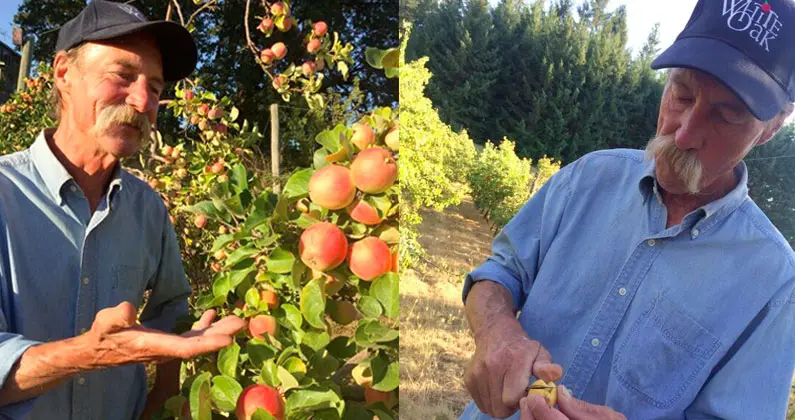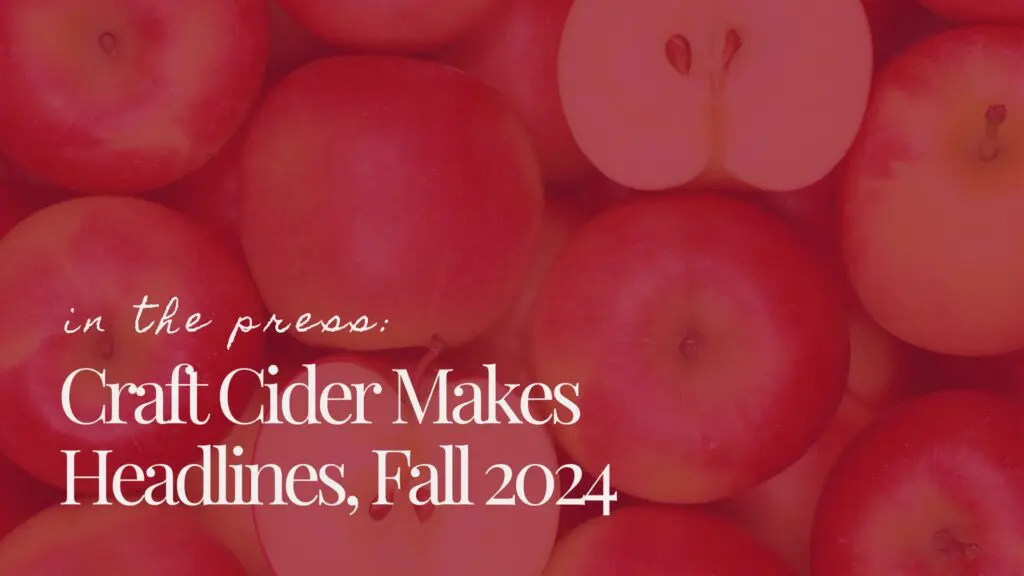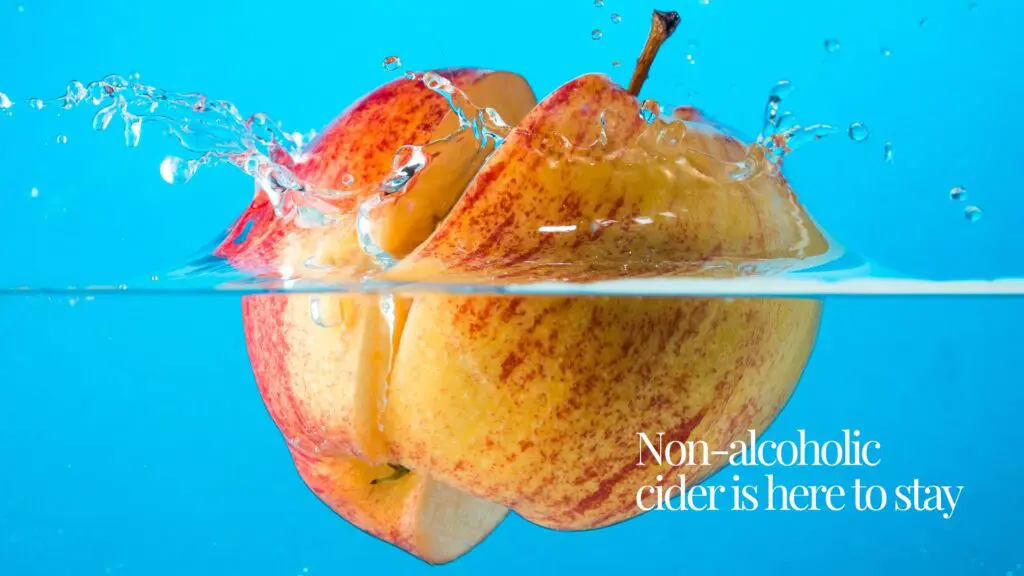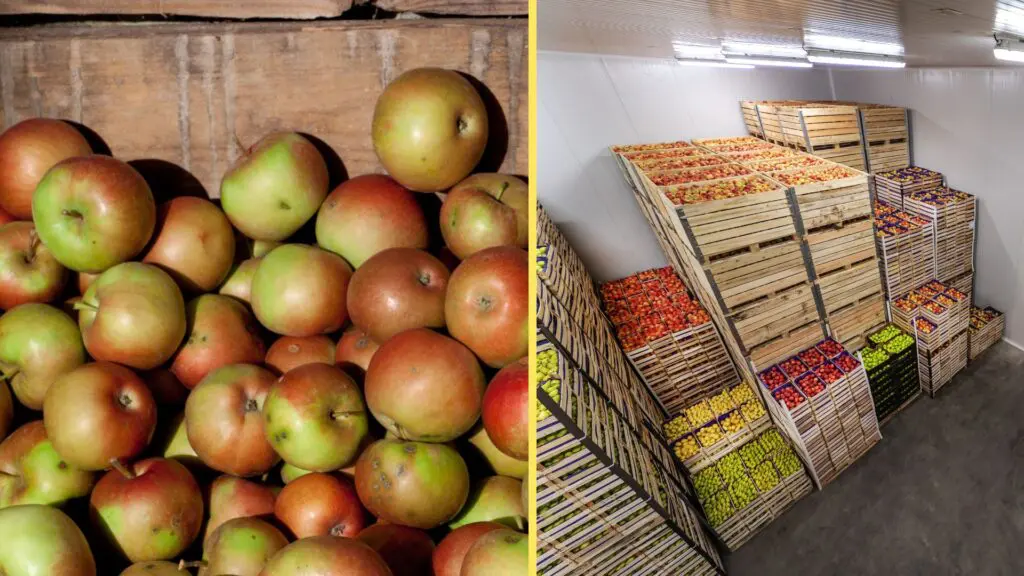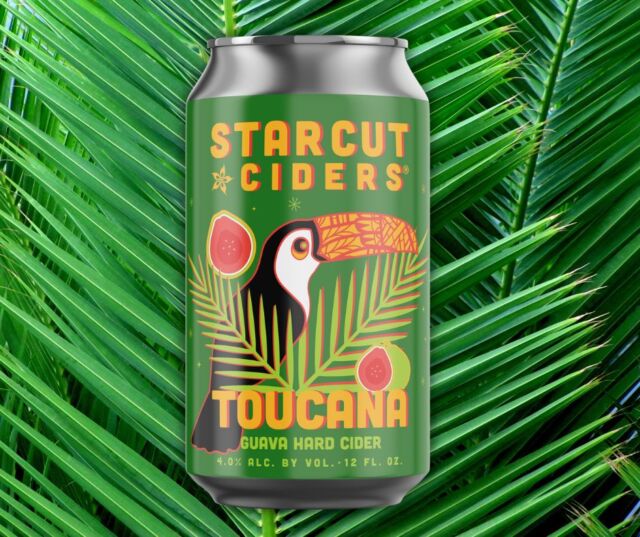The West Coast’s bushwhacking cider maker and orchardist
By Josh Johnson
Cider’s popularity has increased in the Pacific Northwest like rapid-fire. I spoke with cider maker and orchardist Alan Foster this August at his orchard outside of Portland, Oregon. To our knowledge, Foster’s was the first commercial orchard to grow authentic cider apples on the West Coast. He planted his first cider trees in 1989 with Michelin, Kingston Black and Dabinett varieties, and he produced the first White Oak Cider vintage in 1994. Although the last White Oak Cider vintage was produced in 2004, Foster still farms upwards of 75 cider apples varieties and sells to many locally. As I began our conversation, he stopped me, asking, “Actually, do you want to drink some cider?” We shared a 2009 vintage as we discussed cider and cider apples.
Why did you stop making White Oak Cider?
Unless people had been to Europe, they had no clue what I was offering; there was no frame of reference for cider. Also, it was impossible to find more cider fruit anywhere. I used to drive around and taste seedling apples and see if there was anything I wanted to use.
How did you become interested in cider apples?
I drank cider in 1973 in the West Country [of England] for the first time, and that was the epiphany: “Oh, that is what that is.” It was the tannin in the fruit that struck me—it was a full palate, something with structure to it. It’s not something that is really sweet and you taste apple, and the flavor is gone. That was the genesis of the whole thing.
Can you describe some of the flavors found in cider apples? Which are your favorites?
Kingston Black has everything going for it: tannin, acid and sugar. I make cider with Kingston Black every chance I get. It’s wonderful, it’s spicy, there is a clove or an allspice note to the fruit from our soils. I like Dabinett. Yarlington Mill has a nice floral quality to it. Sweet Copin adds something to cider that is irreplaceable.
Do cider apples make a different kind of cider than eating apples?
Like wine grapes, true cider apple varieties contain varying amounts of tannins, which provide structure and mouth-feel as well as longevity. Cider cultivars also contain phenolic compounds, many of which are found in wine grapes, that add flavors and aromatics that are not common in dessert apples.
How do you see cider in North America at this point?
The market is still defined by dessert apple-based ciders, often adding some kind of flavoring. To be viable as a business you may have to do that. There is a cider for everyone. I tell people that there are a lot of different ciders out there, keep trying them—you’ll find something you like.
—
We finished our conversation and the 2009 cider made from Foster’s Kingston Black apples. At 6.9 percent alcohol with moderate residual sweetness, it was a very clear, golden, lightly effervescent cider with delicate fruit, earthiness, mild barnyard flavors, and a long finish—the aromas and flavors of the English West Country successfully married to the Oregon soil.
— Josh Johnson is the cider maker and co-owner of Finnegan Cider, in Lake Oswego, Oregon

